Introduction
Coloring is a delightful and engaging activity that offers numerous benefits for children. It helps enhance fine motor skills, encourages creativity, and can be a relaxing pastime. If you’re looking to provide your kids with a fun and educational coloring experience, wombat-themed coloring pages are an excellent choice. Wombats are unique and fascinating creatures, and coloring pages featuring these adorable marsupials can be both entertaining and informative for children. In this blog post, we’ll explore 20 wombat coloring pages that are perfect for kids of all ages.
Why Wombat Coloring Pages Are Great for Kids
Wombat coloring pages offer a fantastic way for children to explore their artistic talents while learning about these intriguing animals. Wombats are known for their distinctive appearance and behavior, and incorporating them into coloring activities can spark curiosity and interest in wildlife. Additionally, coloring pages featuring wombats can serve as a fun way to discuss topics such as animal habitats, conservation, and the natural world.
Age Range: Who Can Enjoy These Coloring Pages?
Wombat coloring pages are suitable for a wide age range of children. Here’s a breakdown of the different age groups that can benefit from these coloring pages:
Toddlers (Ages 2-4)
For toddlers, coloring pages with simple, large wombat images and bold outlines are ideal. At this stage, children are developing their fine motor skills and hand-eye coordination. Simple wombat designs allow toddlers to practice coloring within the lines and experiment with different colors.
Preschoolers (Ages 4-6)
Preschoolers can enjoy more detailed wombat coloring pages that feature additional elements, such as backgrounds or other animals. These coloring pages can help develop their focus and attention to detail while encouraging creativity and imagination.
Early Elementary (Ages 6-8)
Early elementary children can handle more intricate wombat coloring pages with finer details and complex patterns. This age group is also ready for coloring pages that introduce educational elements, such as information about wombat habitats or behaviors.
Older Kids (Ages 8+)
Older kids can benefit from advanced wombat coloring pages that offer a higher level of complexity. These pages can include detailed scenes and designs that challenge their artistic skills and patience. Additionally, older kids can use coloring pages as a way to relax and unwind after a busy day.
Facts About Wombats
Here are some fascinating facts about wombats that you might share with children while they enjoy their coloring pages:
- Wombats are marsupials: Like kangaroos and koalas, wombats carry their young in a pouch. Their pouches face backward to prevent dirt from getting in while they dig.
- They have a distinctive appearance: Wombats are known for their stocky, barrel-shaped bodies, short legs, and powerful claws, which they use for digging burrows.
- Wombats are nocturnal: They are primarily active at night and spend most of the day sleeping in their burrows to stay cool.
- They have a unique poop shape: Wombats produce cube-shaped droppings, which help mark their territory and prevent the poop from rolling away.
- Wombats are herbivores: Their diet consists mainly of grasses, roots, and bark. They have strong jaws and teeth that are adapted for grinding tough plant material.
- They dig extensive burrows: Wombats create complex burrow systems with multiple entrances and chambers. These burrows provide protection from predators and extreme weather conditions.
- Wombats are solitary animals: They prefer to live alone and are territorial. Each wombat has its own burrow system that it defends from others.
- There are three species of wombats: The common wombat, the northern hairy-nosed wombat, and the southern hairy-nosed wombat. Each species has unique characteristics and habitats.
- Wombats have a slow metabolism: They have one of the slowest metabolic rates among mammals, which allows them to survive on a low-nutrient diet.
- They are a conservation concern: Some wombat species, such as the northern hairy-nosed wombat, are endangered due to habitat loss and other environmental threats.
Explore 20 Wombat Coloring Pages For Kids
Wombat Coloring Page 1 for Kids
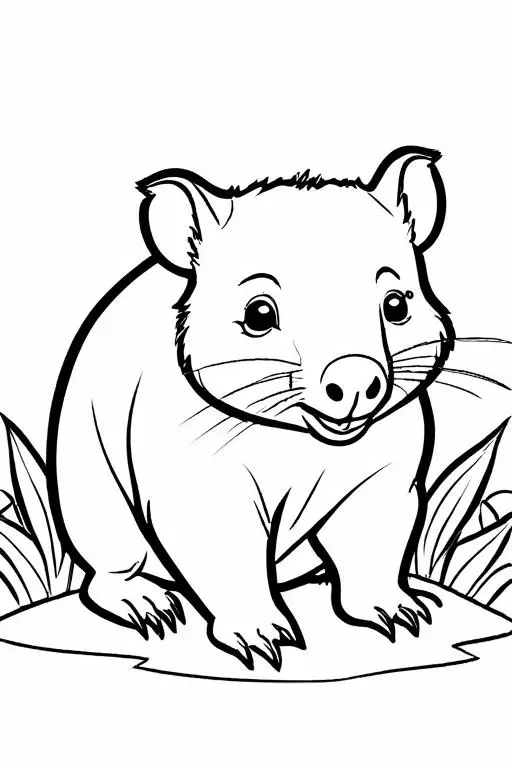
Wombat Coloring Page 2 for Kids
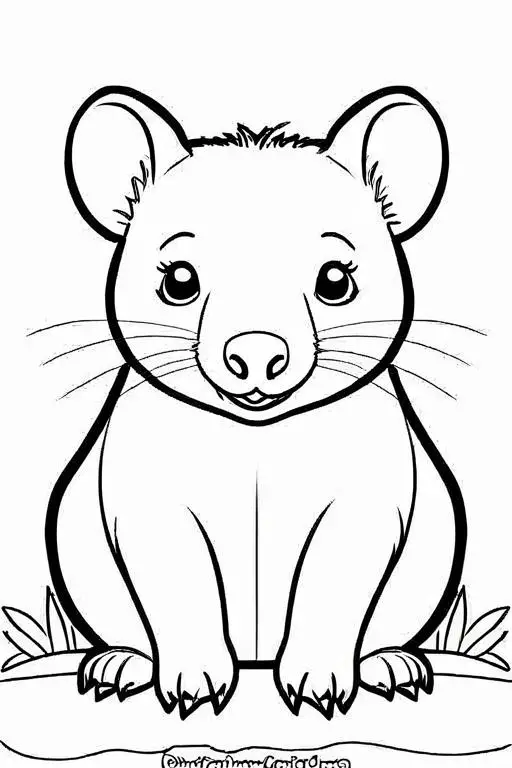
Wombat Coloring Page 3 for Kids
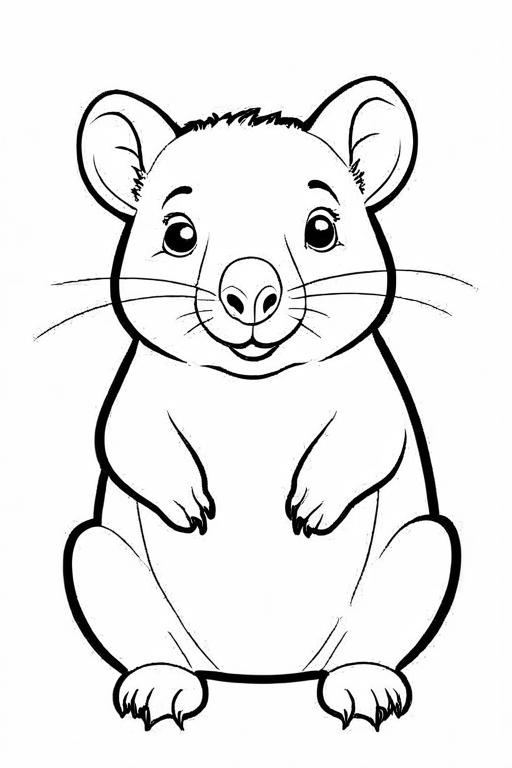
Wombat Coloring Page 4 for Kids
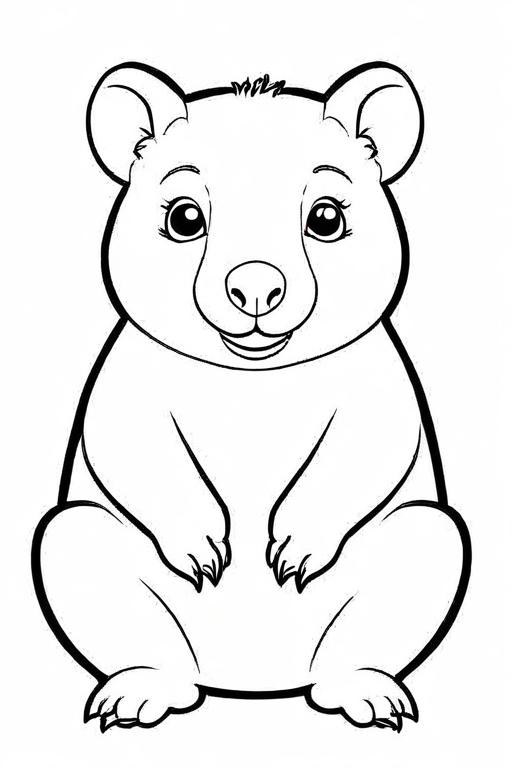
Wombat Coloring Page 5 for Kids
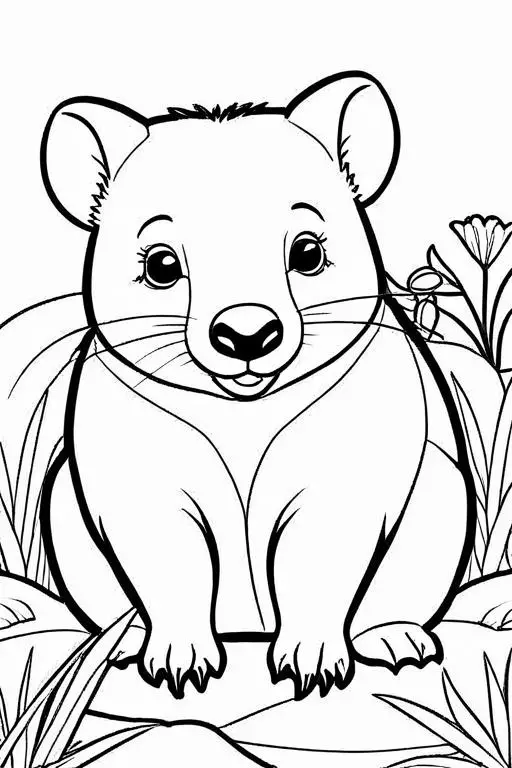
Wombat Coloring Page 6 for Kids
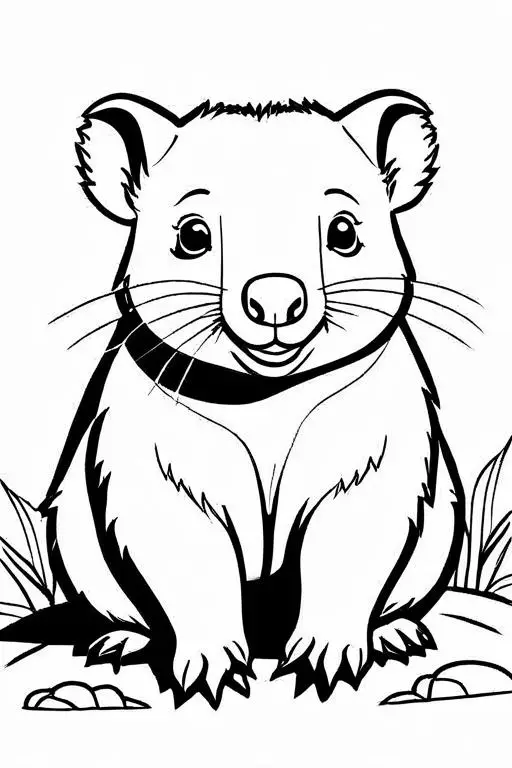
Wombat Coloring Page 7 for Kids
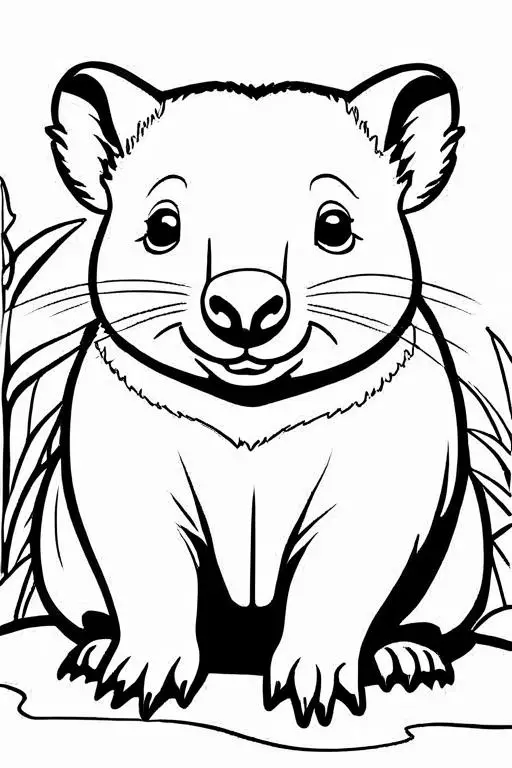
Wombat Coloring Page 8 for Kids
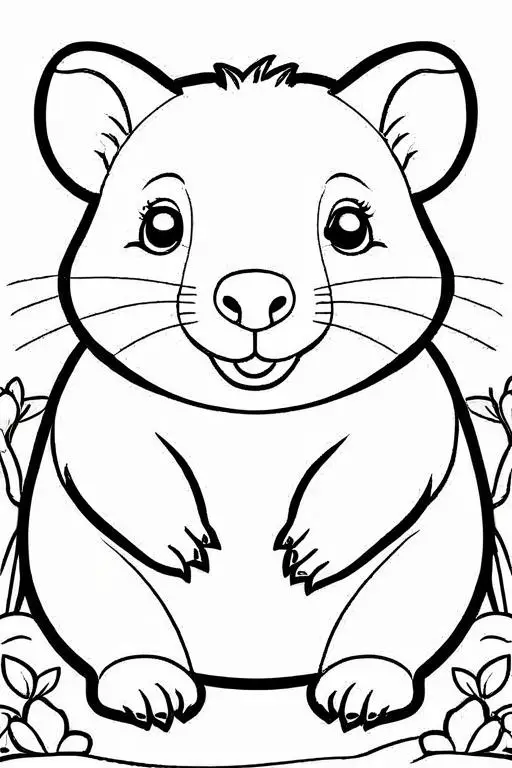
Wombat Coloring Page 9 for Kids
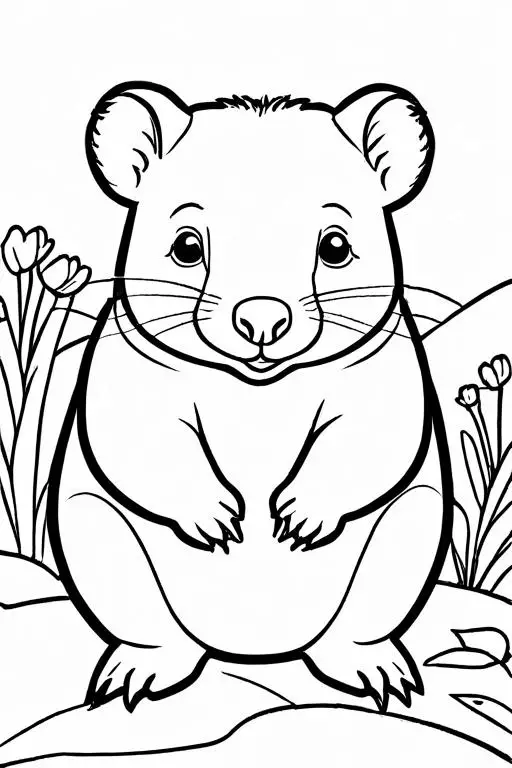
Wombat Coloring Page 10 for Kids
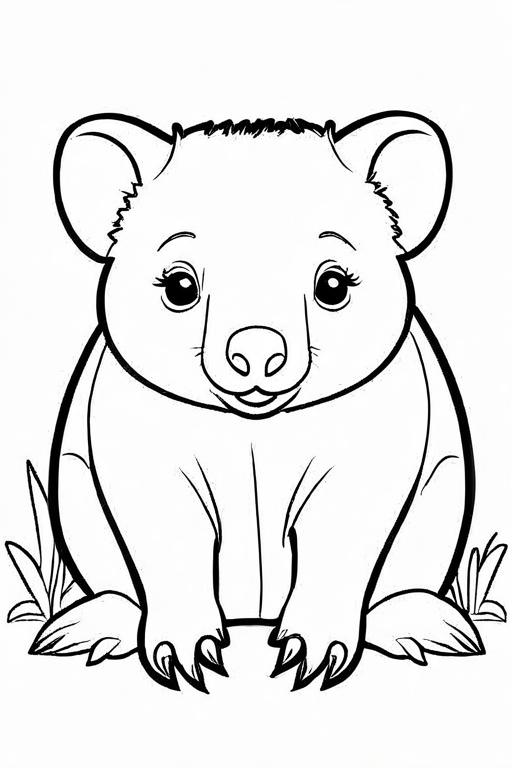
Wombat Coloring Page 11 for Kids
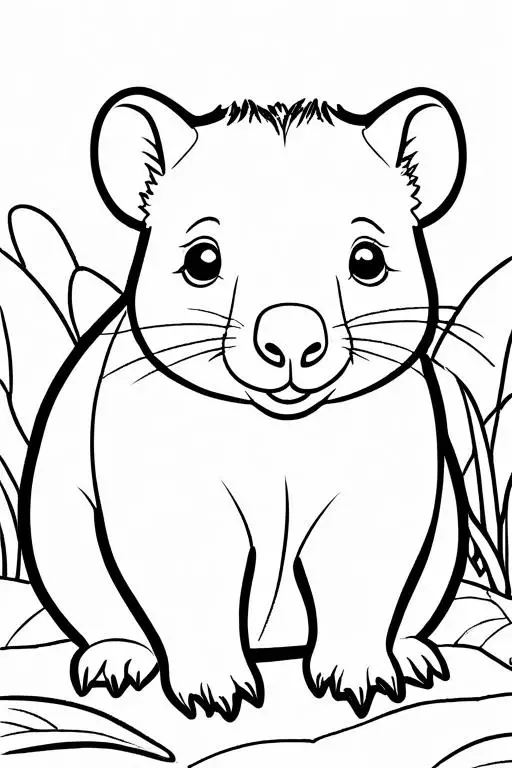
Wombat Coloring Page 12 for Kids
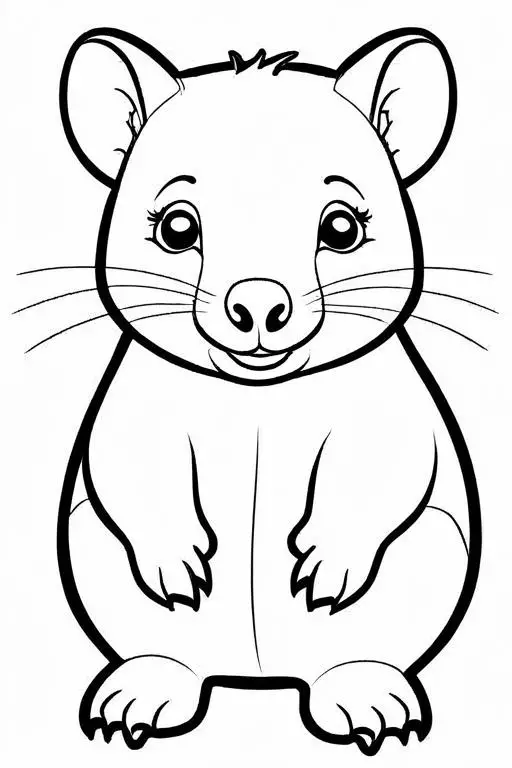
Wombat Coloring Page 13 for Kids
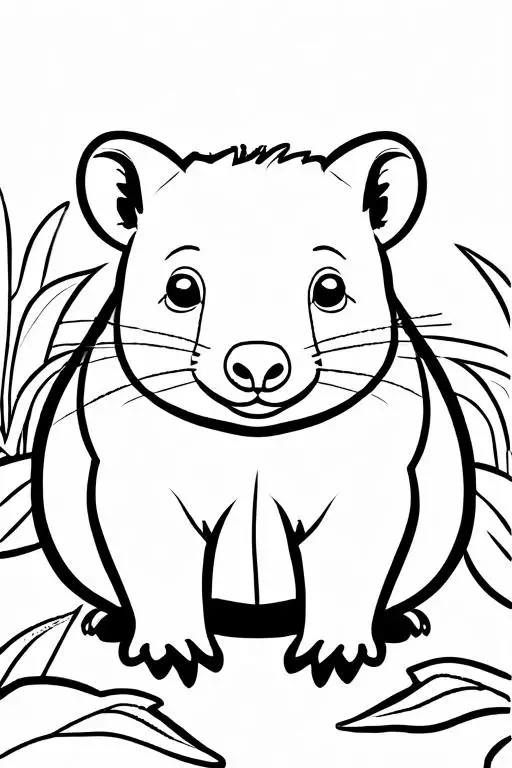
Wombat Coloring Page 14 for Kids
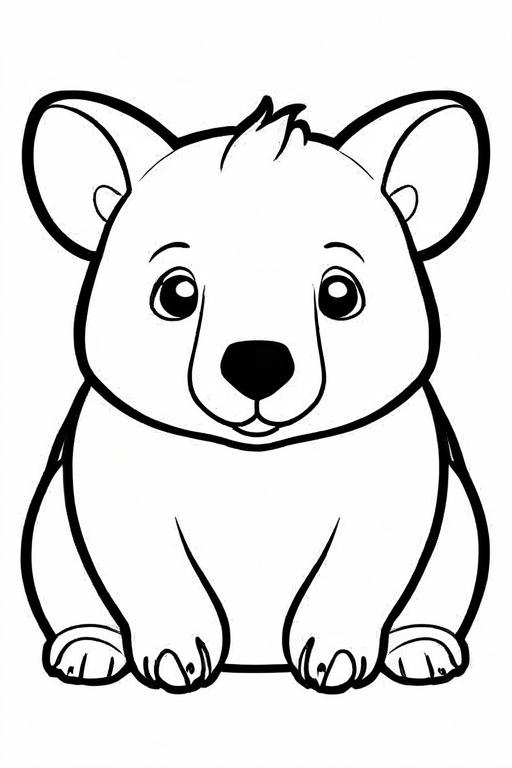
Wombat Coloring Page 15 for Kids
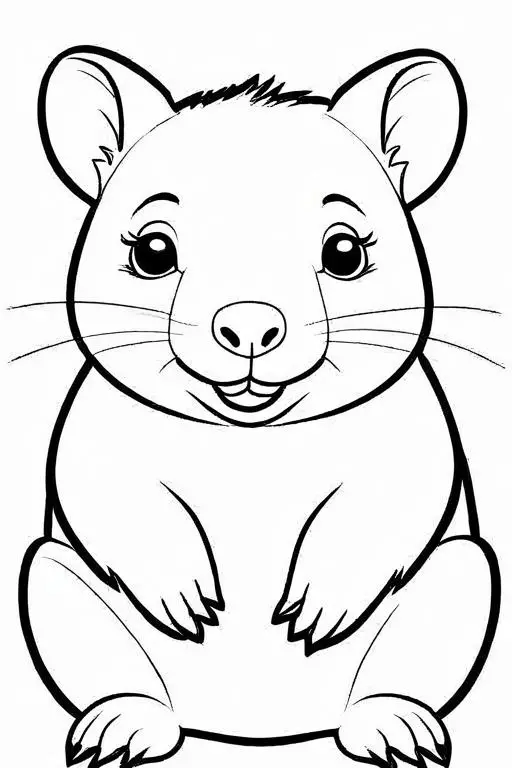
Wombat Coloring Page 16 for Kids
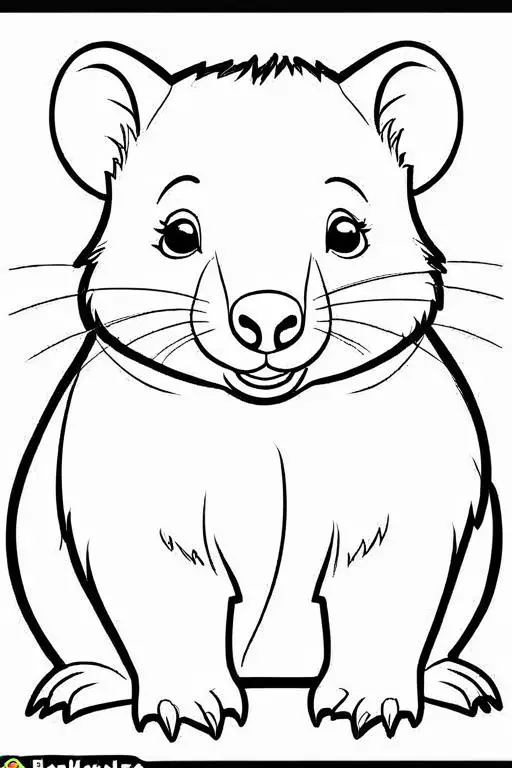
Wombat Coloring Page 17 for Kids
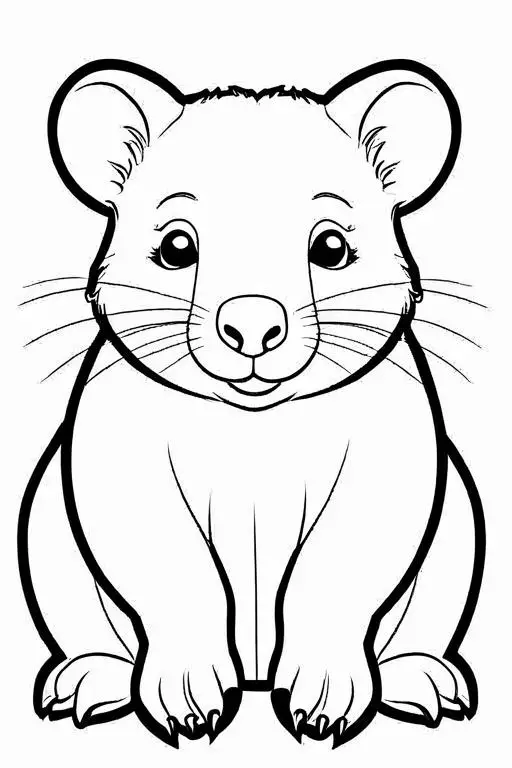
Wombat Coloring Page 18 for Kids
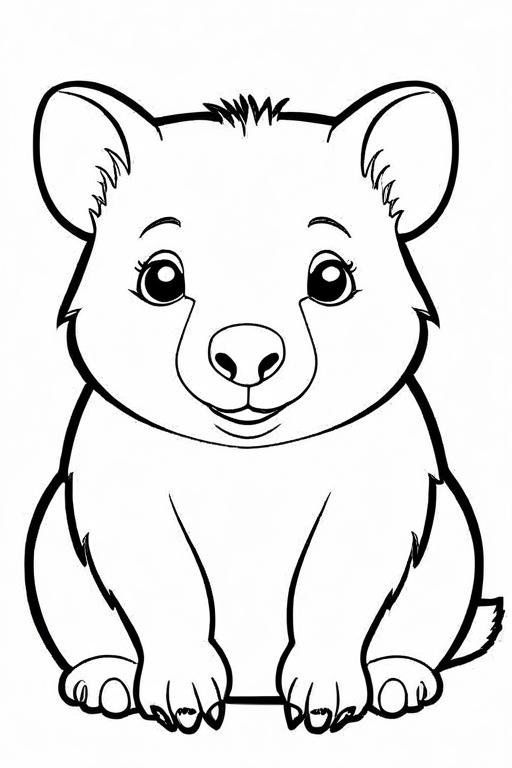
Wombat Coloring Page 19 for Kids
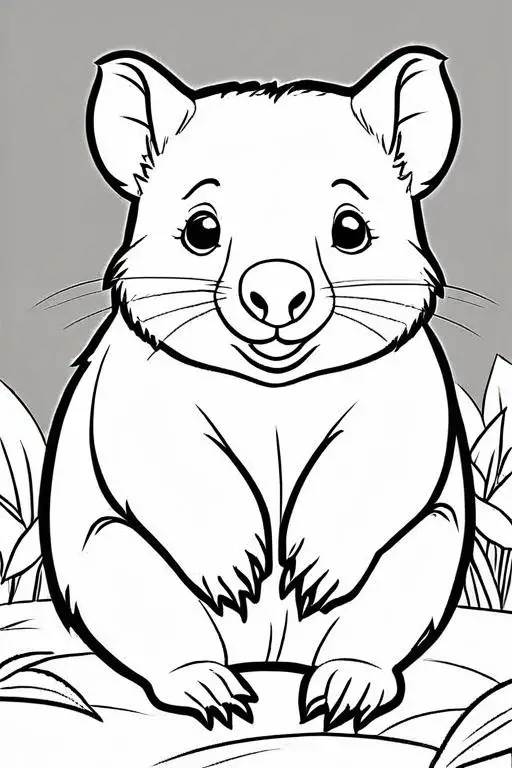
Wombat Coloring Page 20 for Kids
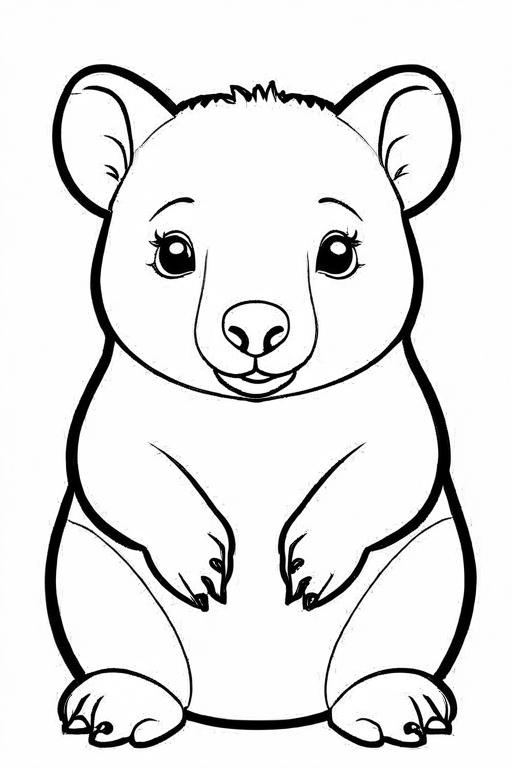

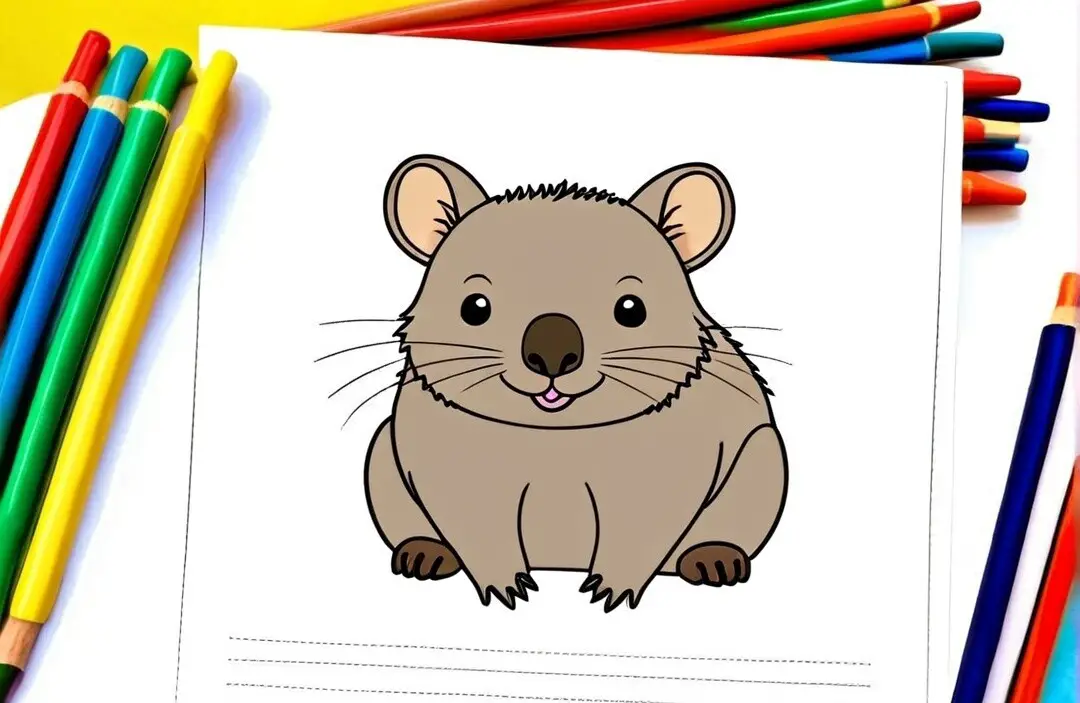
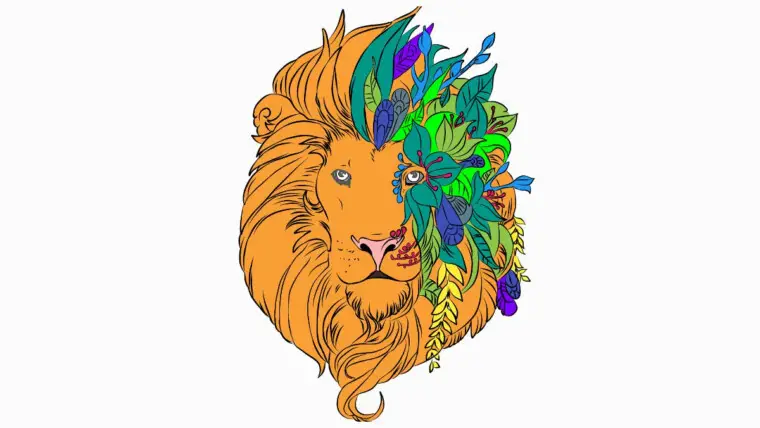
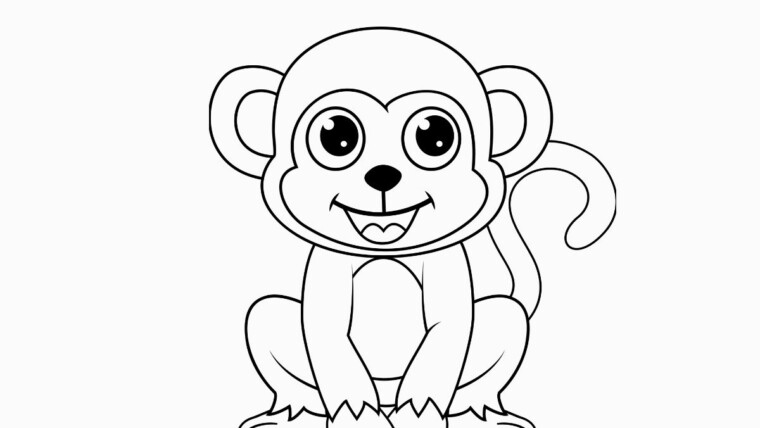
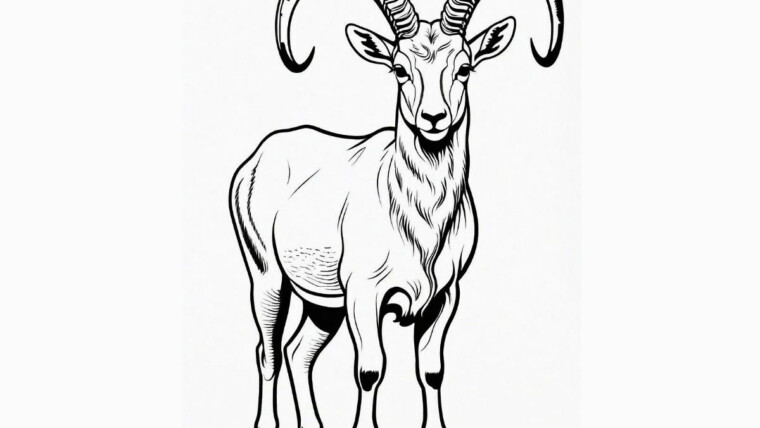
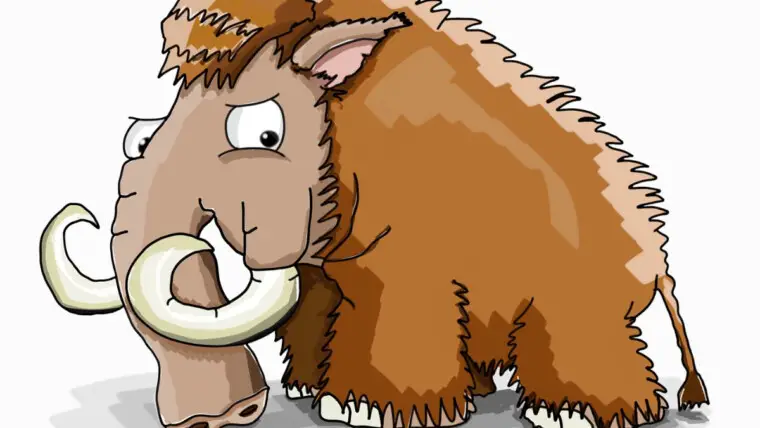
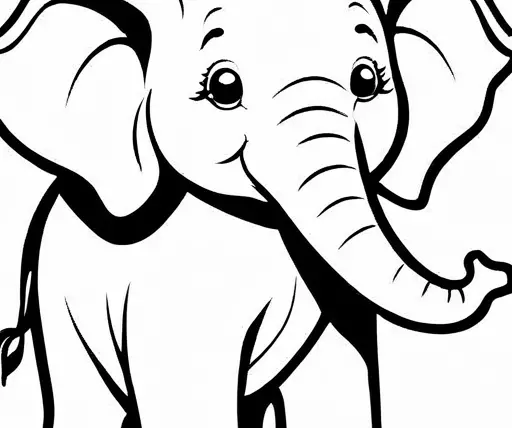
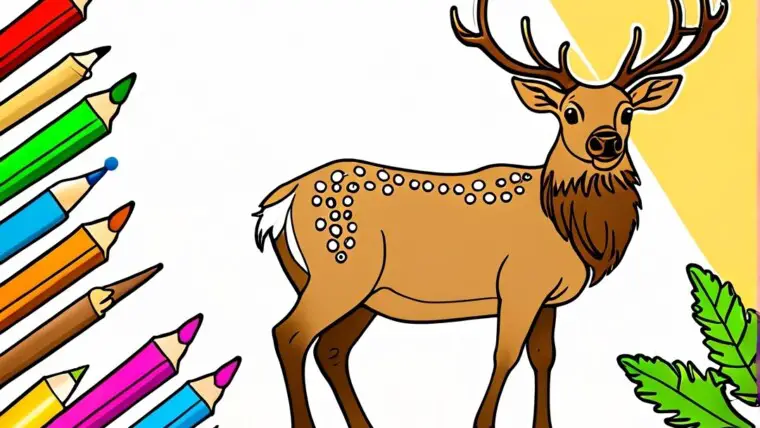
Maze Rampage Kids Activity Books: Unlock Fun and Learning for Toddlers and Preschoolers!
Engage Your Creative Mind with 2,500+ Free Adult Coloring Pages
100 Wasp Coloring Pages For Kids
48 Termite Coloring Pages For Kids